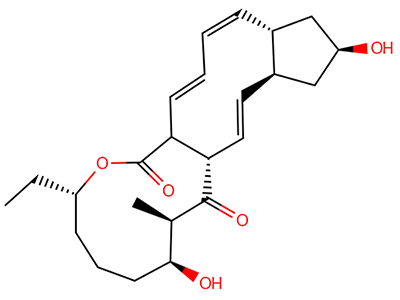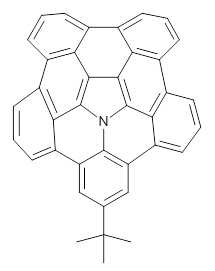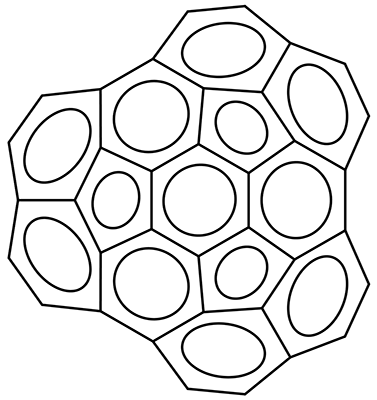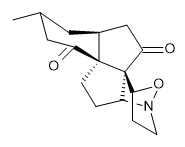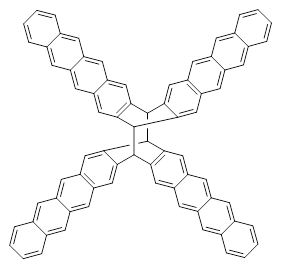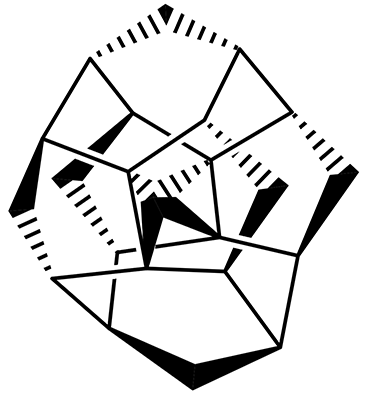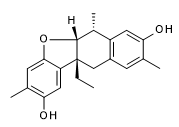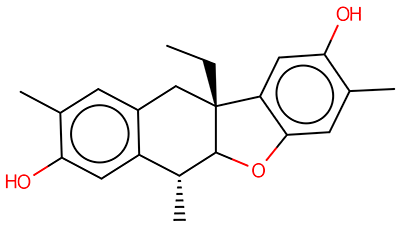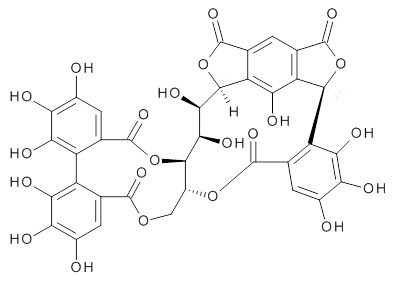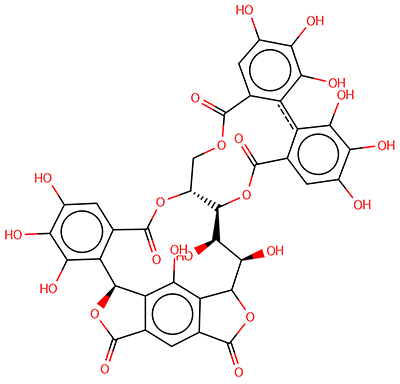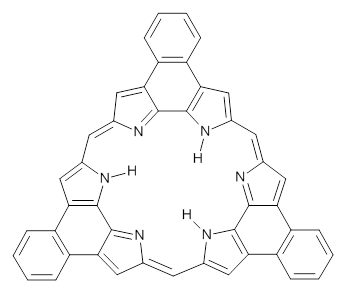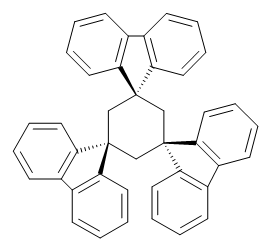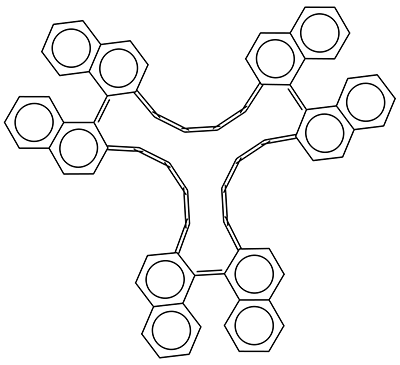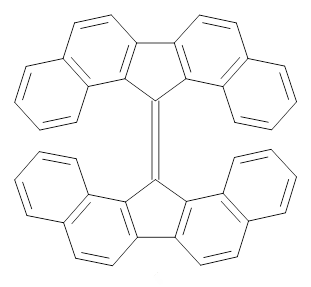Making a good drawing of a chemical structure can be a difficult task. One wants to prepare a drawing that provides a variety of different information in a clean and clear way. We tend to want equal bond lengths, angles that are representative of the atom’s hybridization, symmetrical rings, avoided bond crossings, and the absence of overlapping groups. These ideals may be difficult to manage. Sometimes we might also want to represent something about the actual 3-dimensional shape. So for example, the drawing on the left of Figure 1 properly represents the atom connectivity with no bond crossing, but the figure on the right is probably the image all organic chemists would want to see for cubane.

Figure 1. Two drawing of cubane
For another example, the drawing on the left of Figure 2 nicely captures the relative stereo relationships within D-glucose, but the drawing on the right adds in the fact that the cyclohexyl ring is in a chair conformation. Which drawing is better? Well, it likely is in the eye of the beholder, and the context of the chemistry at hand.
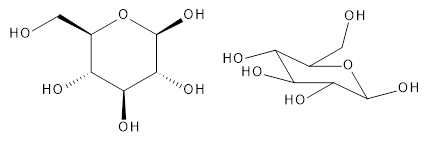
Figure 2. Two drawings of D-glucose.
Frączek has reported on an automated procedure for creating aesthetically pleasing 2-D drawings of chemical structures.1 The method involves optimizing distances between atoms projected onto a 2-D plane, along with rules to try to keep atom lengths and angles similar, and symmetrical rings, and minimize overlapping bonds. He shows a number of nice examples, especially of natural products, where his automated procedure PSM (physical simulation method) provides some very nice drawings, often noticeably superior to those generated by previously proposed schemes for preparing drawings.
Using the web site he has developed (http://omnidepict.p.lodz.pl/), I recreated the structures of some of the molecules I have discussed in this blog. In Figure 3, these are shown side-by-side to my drawings. My drawings were generally done with MDL/Isis/Accelrys/Biovia Draw (available for free for academic users) with an eye towards representing what I think is a suitable view of the molecule based on what I am discussing in the blog post. For many molecules, PSM does a very nice job, sometimes better than what I have drawn, but in some cases PSM produces an inferior drawing. Nonetheless, creating nice chemical drawings can be tedious and PSM offers a rapid option, worthy of at least trying out. Ultimately, what we decide to draw and publish is often an aesthetic choice and each individual must decide on one’s own how best to present one’s work.
|
My Drawing |
PSM |
|
|
|
|
|
|
|
|
|
|
|
|
|
|
|
|
|
|
|
|
|
|
|
|
|
|
|
|
|
|
|
|
|
|
|
|
|
|
|
Figure 3. Comparison of my drawings vs. drawing made by PSM.
References
1) Frączek, T., "Simulation-Based Algorithm for Two-Dimensional Chemical Structure Diagram Generation of Complex Molecules and Ligand–Protein Interactions." J. Chem. Inform. Model. 2016, 56, 2320-2335, DOI: 10.1021/acs.jcim.6b00391.

